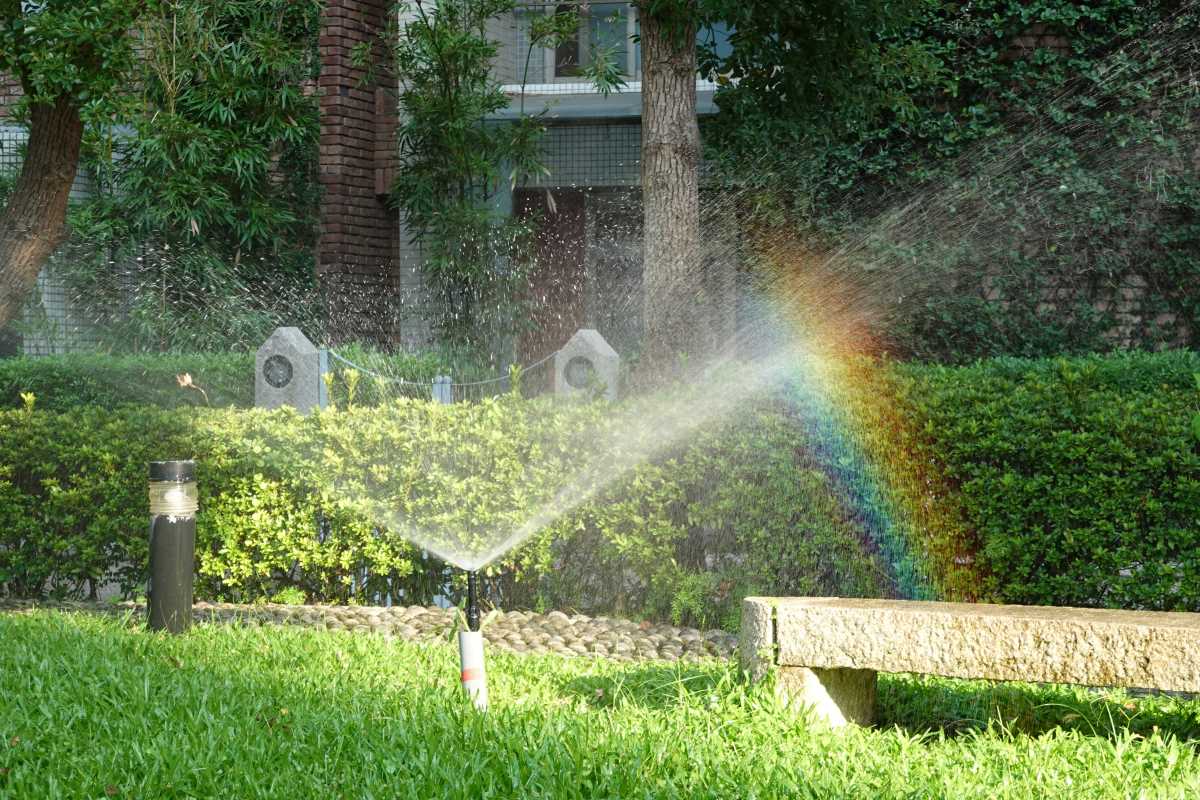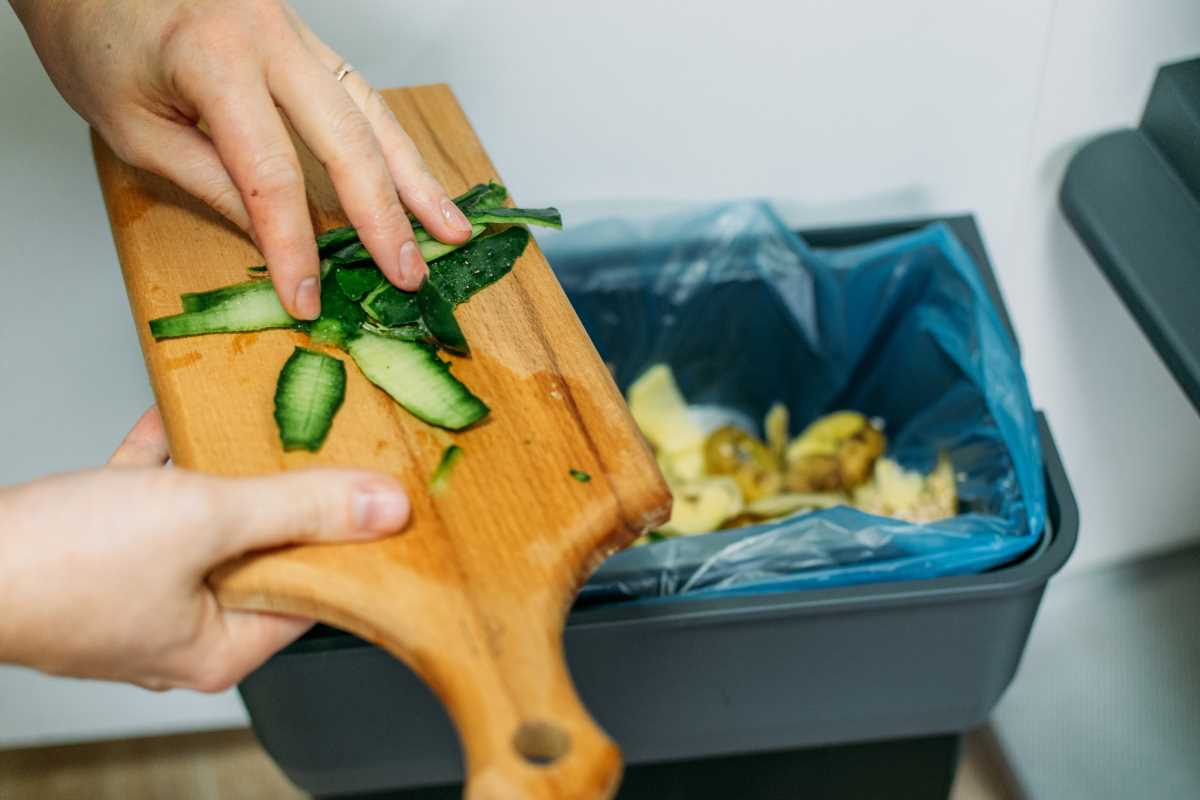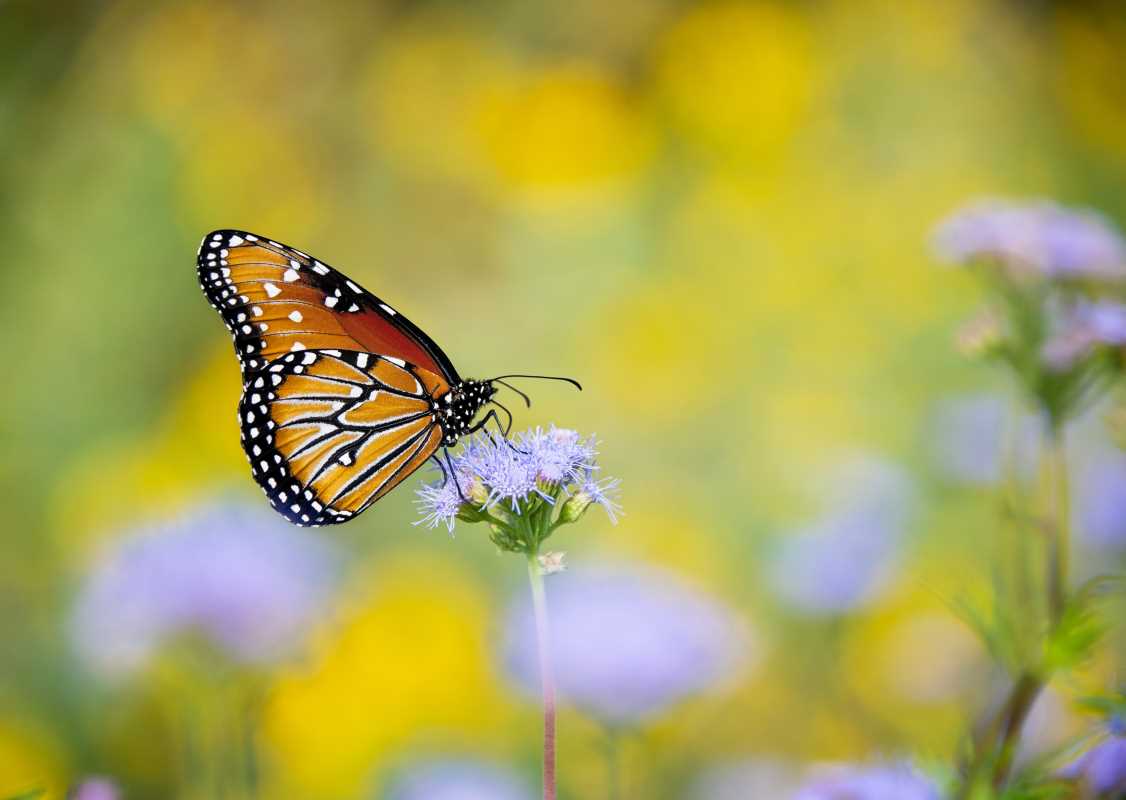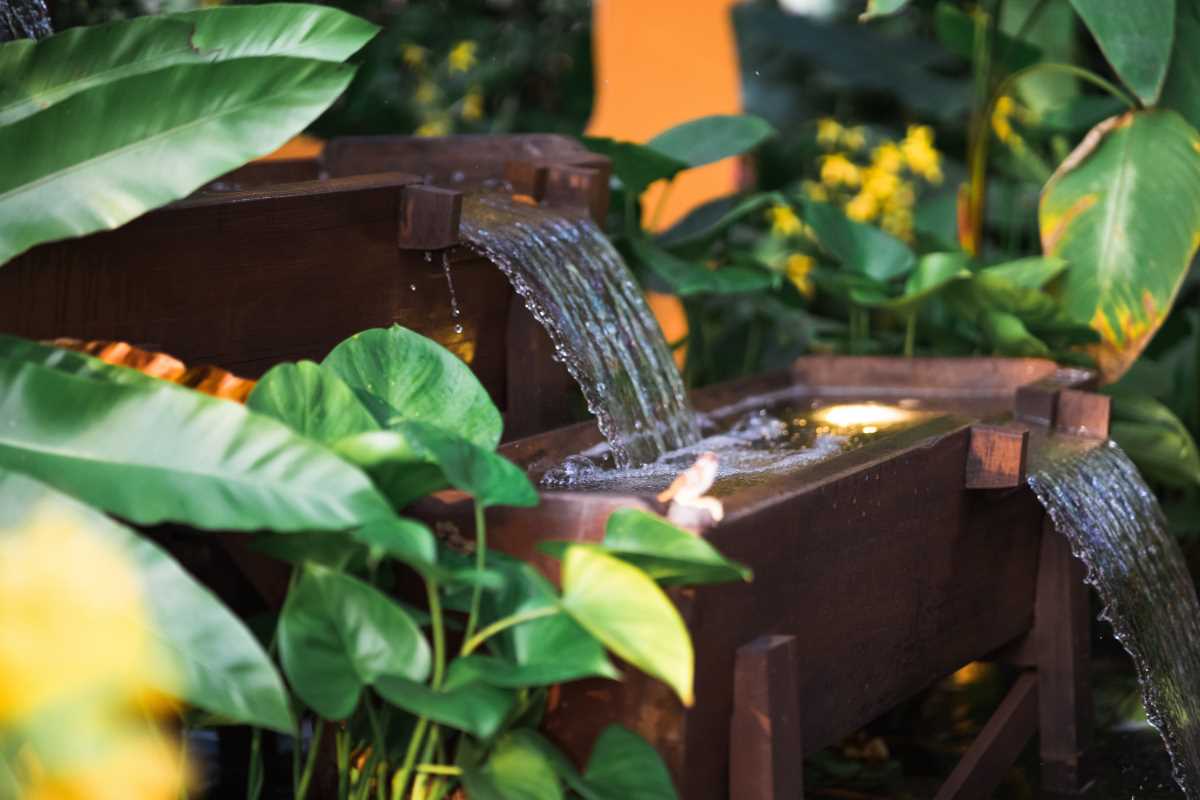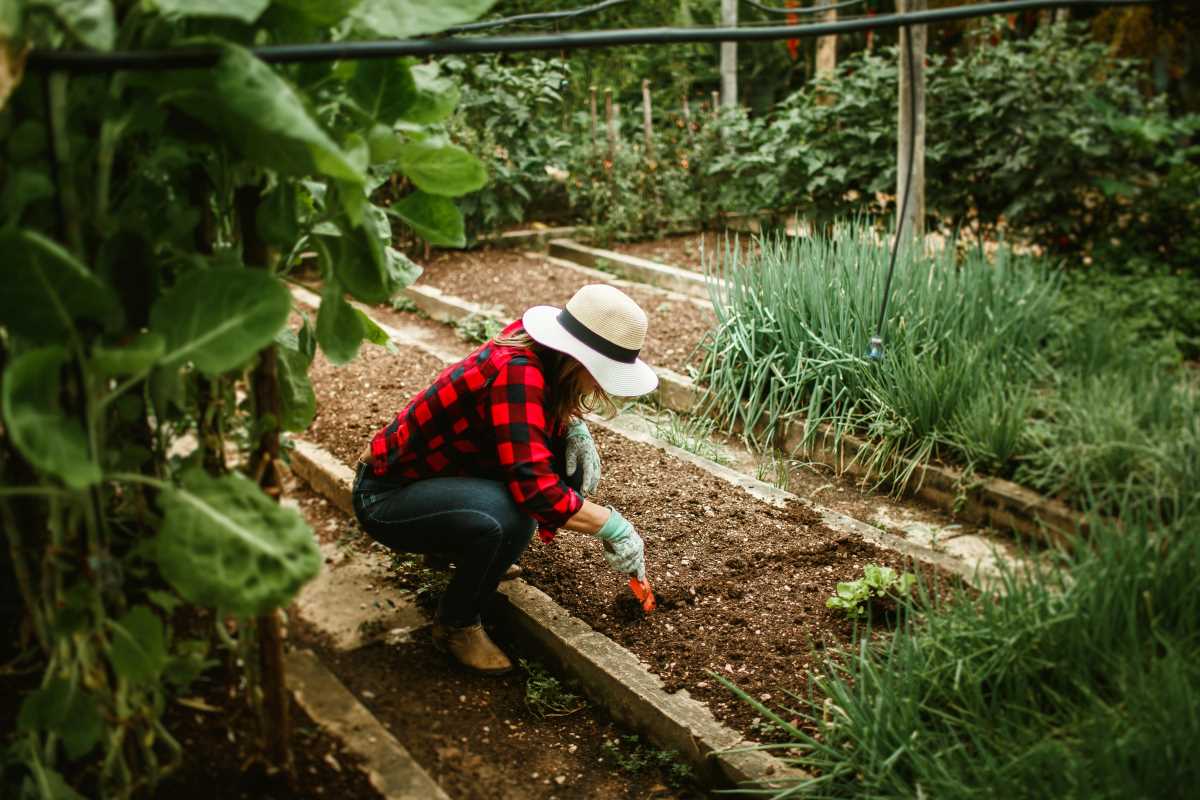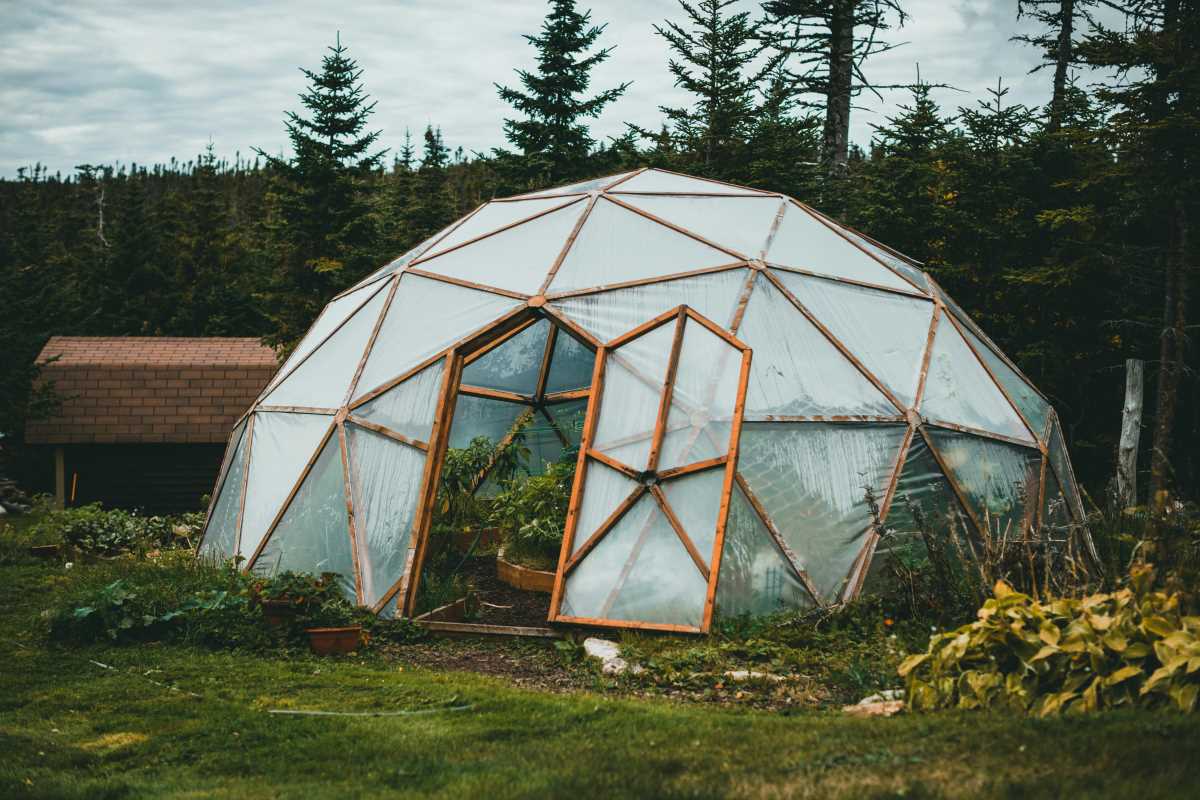Many people find gardening both enjoyable and fulfilling, especially when it comes to organizing colorful flower beds that brighten up any home. Planning your garden with seasonal flowers gives you the chance to watch new blooms emerge as the months change, offering fresh beauty throughout the year. Careful preparation and regular attention ensure your garden thrives and stays vibrant from spring through winter. This guide walks you through the steps to set up your garden space, making it easy to achieve a lively display of flowers. Soon, your yard will overflow with continuous blooms that turn heads no matter the season.
Starting your garden adventure may feel overwhelming at first, but taking things one step at a time makes it manageable and enjoyable. Clear instructions and practical tips help you choose the right plants and design a garden that fits your local climate and your personal taste.
How to Decode Your Local Climate for Better Gardening
Your local weather influences which plants will thrive in your yard. Knowing your frost dates and the timing of seasonal changes helps you plan when to plant and what to expect each month. You can begin by checking local gardening centers or community websites for useful information.
Here are some resources and tools that guide you in learning more about your local climate:
- Visit local extension offices or libraries for region-specific gardening calendars.
- Use online frost date calculators provided by trusted local agriculture services.
- Consult community gardening groups for firsthand advice and experiences.
- Keep a small journal to note when your region typically experiences frost or warm spells.
Choosing the Right Plants for Each Season
Selecting plants that bloom in different seasons ensures your garden maintains its charm throughout the year. You want a mix of early spring, summer, fall, and if possible winter varieties to keep the colors alive. Start by considering your area's climate and the amount of sunlight your garden receives daily.
When making your plant selection, try using this simple guide for each season:
- Spring: Choose bulbs and perennials like tulips, daffodils, and primroses that bloom early and add a burst of color.
- Summer: Opt for heat-tolerant plants such as Marigolds, Petunias, and Daisies that thrive in the sun.
- Fall: Consider Chrysanthemums, Asters, or ornamental kale to add vibrant hues as the weather cools.
- Winter (if applicable): Look for evergreens or plants with interesting bark, plus winter-blooming varieties like Hellebore for a splash of life in cold weather.
Designing Your flower beds for Year-Round Interest
After choosing your plants, designing the layout becomes the next exciting step in your gardening journey. Think of your garden space as a canvas. Group plants together by height, color, and bloom time. This creates a balanced look and guarantees that you always have something to enjoy in every corner of your garden.
Keep these tips in mind when planning your garden layout:
- Start with a central focal point such as a striking shrub or statue.
- Place taller plants towards the back and lower-growing varieties in front.
- Mix textures and colors to bring depth and visual interest.
- Use curves or informal lines to create a natural and inviting feel.
Planting and Maintenance Tips for Ongoing Success
Once you have your design in mind, it’s time to get planting. Prepare your soil properly by removing weeds and mixing in organic matter. This step ensures that your plants receive the nutrients they need to grow strong and healthy. Dig holes that are slightly wider than the roots to give each plant room to settle in comfortably.
Here are some practical maintenance tips to keep your garden looking great:
- Water your plants early in the day to allow leaves to dry and reduce the risk of disease.
- Add mulch around the plants to conserve moisture and suppress weeds.
- Regularly check for pests and remove any unwanted critters by hand if needed.
- Prune and deadhead spent blooms to encourage further blossoming throughout the season.
Troubleshooting Common Problems
Even the best-planned gardens face challenges. When you notice that your plants aren’t performing as expected, start by checking the basics: soil moisture, sunlight, and pest conditions. Often, the solution is as simple as adjusting your watering schedule or adding a bit more compost to improve the soil.
Here are some common issues and how you can address them:
- Wilting leaves may suggest under- or over-watering. Experiment with watering techniques and frequency.
- Yellowing foliage might indicate nutrient deficiencies. Consider a balanced fertilizer to give your plants a boost.
- Spots on the leaves could be a sign of an insect problem. Gently remove affected leaves and treat the area with an eco-friendly insect spray.
- Lack of blooms may happen if plants are overcrowded. Thin out the planting areas to allow more light and air circulation.
Breaking down the work into manageable parts helps you enjoy every step of setting up your outdoor space.
With thoughtful planning and regular care, your garden can offer beauty and enjoyment year-round.

